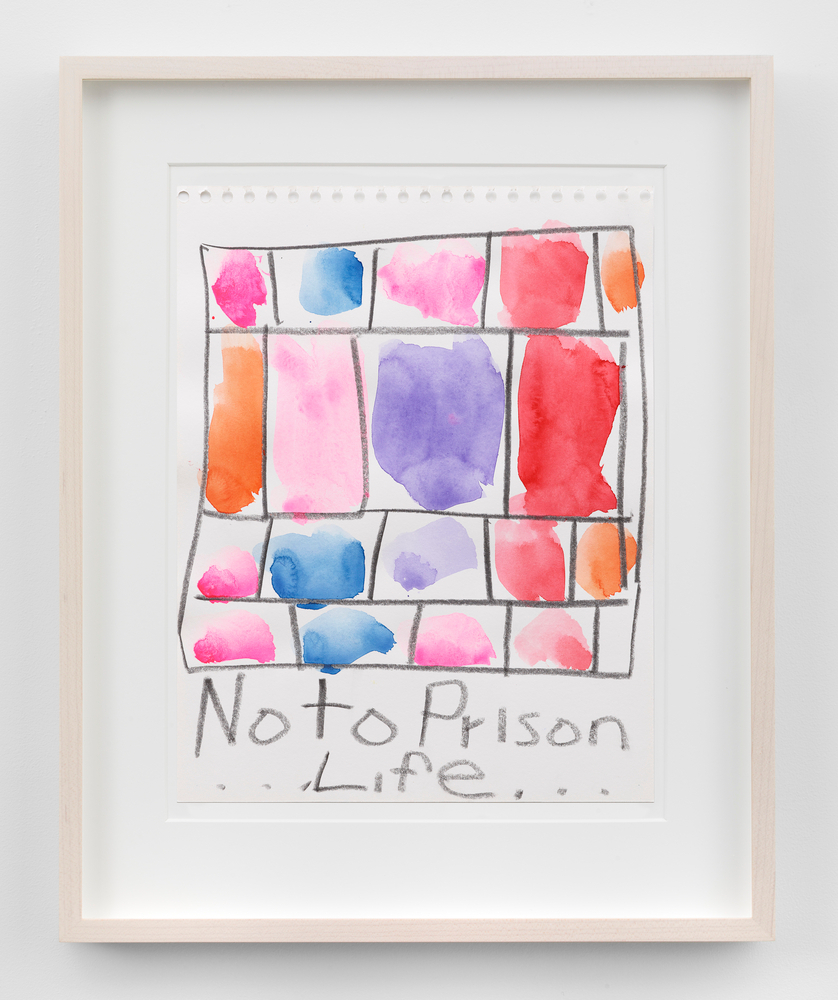[ad_1]
In commemoration of International Justice Day on July 17, Lisson Gallery presents a special online exhibition of new works on paper by artist Stanley Whitney in collaboration with collector and patron Agnes Gund. The show, titled “Stanley Whitney: No to Prison Life,” opens on Monday and runs through July 26. Each featured work was created in protest of mass incarceration in the United States, which disproportionately affects African-Americans.
Ten percent of the profits from works sold through “No to Prison Life” will go toward Art for Justice Fund, an organization founded in 2017 by Gund with $100 million of proceeds from the sale of her Roy Lichtenstein. The fund awards grants to artists and activists in support of projects related to criminal justice reform.
In a statement to ARTnews, Whitney said, “I remember in ’71 during the prison revolt at Attica, I was at Yale and we didn’t hear too much about it. I can make this work now because I have enough power to do it and no one can tell me anything. When these drawings go out in the world I can have that conversation, I can bring that conversation in.”
Since the mid-1990s, Whitney has gained acclaim for his colorful, grid-like paintings which riff on historical and pop culture references ranging from jazz music, Egyptian iconography, and Abstract Expressionism. Many of the works in the exhibition have never been exhibited before, most having been created while Whitney was quarantined in New York. Included are crayon on paper and graphite on paper works such as Untitled (Always Running from the Police – NYC 2020), which was drawn amidst the nationwide protests against police brutality. The phrase “No to Prison Life” was first incorporated into Whitney’s practice in “Project Wall: Stanley Whitney” (2019), the artists’s first public commission. Installed on the H&R Block Artspace Project Wall at Whitney’s alma mater, the Kansas City Art Institute, the artwork paired his signature color blocks with a message handwritten in white.
“When I first saw a painting from his ‘No to Prison Life’ series some five years ago, I was deeply moved,” Gund said in a statement, adding, “Suddenly, the primordial grids and abstract shapes were transformed into a claustrophobic and locked cell. His demand for justice and accountability forbid viewers from looking away.”
[ad_2]
Source link


